What Do Interior Designers Do, and How to Become One
Do you have a passion for interior design and are considering a career in this field? Then this post is for you.

If you've ever watched any popular home renovation shows, you have probably wondered how interior designers like Joanna Gaines, Kelly Wearstler or Shea McGee make it all come together seamlessly. The answer, of course, is years of experience and a lot of talent. But, if you're interested in pursuing a career in interior design, or even just attend interior design classes online, you'll be happy to know that it doesn't take quite as much time or natural talent to get started.
Like any art, interior design requires a certain amount of creativity and vision. But unlike other art forms, interior design also demands a strong understanding of functionality and practicality. After all, a home is not just a canvas - it's a place where people live, work and play. As such, interior designers must be able to strike a balance between aesthetics and practicality. This balance is not an easy feat, but it's one that the best in the business make look effortless.
While interior designers share many commonalities, they each have their unique approach to design. For example, Joanna Gaines is known for her rustic yet refined style, while Kelly Wearstler is known for her bold and eclectic designs. Similarly, Shea McGee is known for her clean and modern aesthetic. No matter their style, all interior designers share a passion for creating beautiful and functional spaces.
What's in this post:
What do interior designers do, and what are their responsibilities?
What skills do you need to become an interior designer?
What education do I need to become an interior designer?
What do interior designers do, and what are their responsibilities?
An interior designer plans and coordinates the design of interior spaces in homes and businesses. They work with clients to choose furniture, fixtures and finishes, and they also create interior layouts that are functional and stylish. Some interior designers focus on residential clients, while others work with commercial spaces like offices, hotels, restaurants and more.
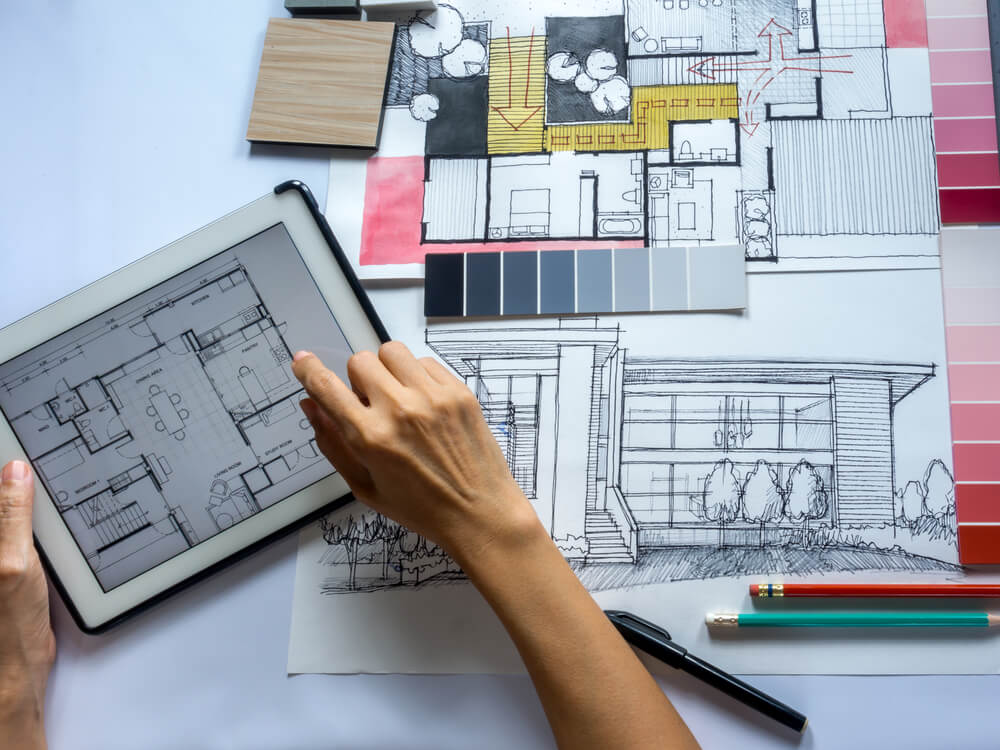
Interior designers have to consider the purpose of the space they're working with, as well as the preferences of the people who will be using it, to create a design that is both practical and reflects the client's style. In some cases, interior designers may also be responsible for overseeing the construction or renovation and ensuring that the project stays on schedule and within budget.
What skills do you need to become an interior designer?
Interior designers are more than just people who pick out pretty fabrics and arrange furniture. To be successful in this field, you must have a keen eye for detail, a passion for design and the ability to think outside the box.
Interior designers must be able to take clients' vision for a space and turn it into a reality. You need to be talented at problem-solving, have an eye for detail, and be able to work within budget constraints. As an interior designer working with different clients, you need the ability to relate to others, have patience and be a good listener.
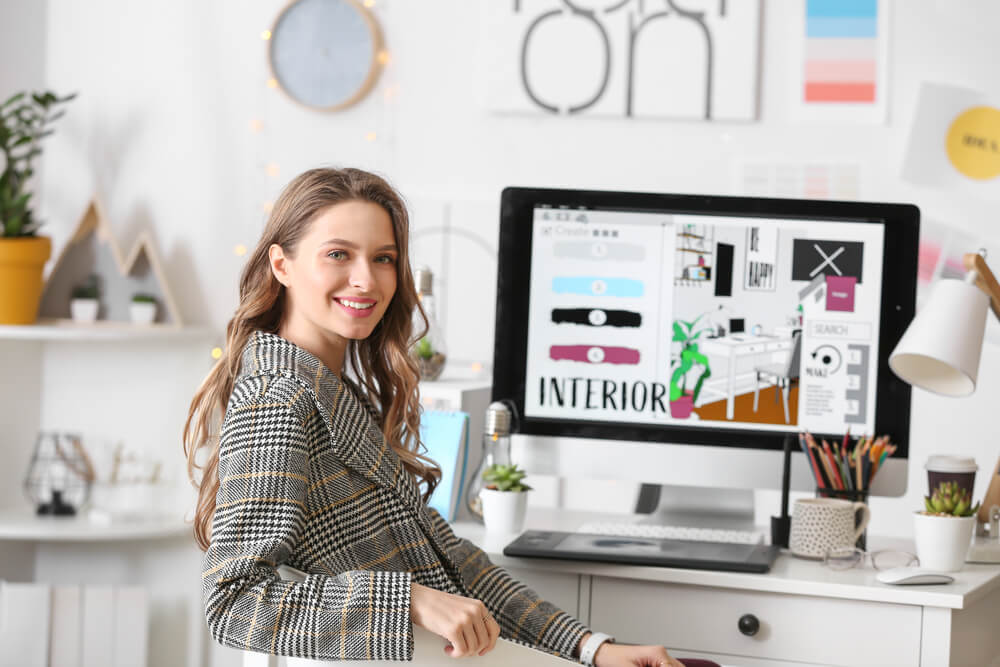
In addition, you must be a good communicator as your work will often have you interact with contractors, architects and other professionals to coordinate the construction or renovation of a space. With the right mix of education and experience, you can succeed in various areas of interior design, from residential to commercial fields.
Interior designers typically need to work well with computers and other technology to create realistic designs that can be transformed into reality. This process requires good visualization skills and the ability to imagine how a space will look once it is completed. This means you must be tech-savvy and business-minded to pitch ideas successfully and get new clients.
What education do I need to become an interior designer?
Most interior designers have at least a bachelor's degree in interior design or a related field, such as fine arts or architecture. In most cases, when you don't have a degree in interior design, you'll need to complete additional training in this field.

There are many online interior design courses for those that want to pursue careers in interior design and those who simply want to learn new skills and dip their toes into this field. You can take free online courses first to determine if interior design is right for you. When you are confident that this is the career for you, you can pursue formal education in this field.
Depending on where you live and whether you want to work for an interior design company, you might also be required to complete an internship or other on-the-job training before beginning your career. Once you become an established professional, you can even focus on online interior design and cater to the needs of clients on a remote basis.
In some states, interior designers must be licensed to practice. To become licensed, you must pass an examination that tests your knowledge of building codes, fire regulations and other health and safety issues. In the US, interior designers are certified by the National Council for Interior Design Qualification (NCIDQ). This certification is not required, but it can be helpful when looking for jobs.
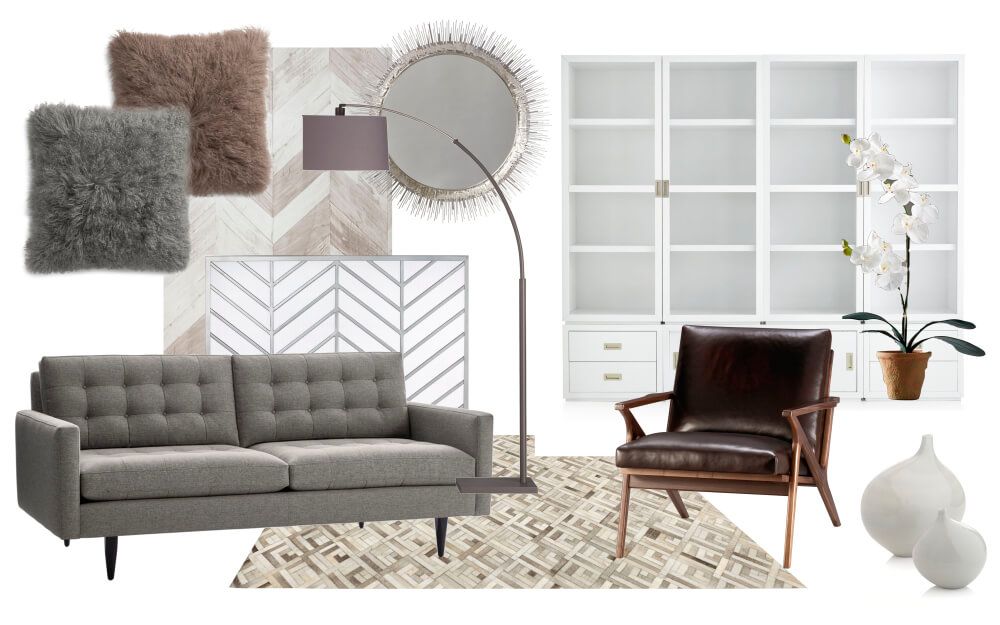
The country or jurisdiction you live in might have specific requirements for becoming an interior designer. Always check with your local (or national) interior design association or governing body for all the requirements and certifications you'll need to complete.
Many interior designers also choose to earn a master's degree in interior design or a related field such as architecture. Usually, that's not required, but you might want to continue your education with workshops and classes as you grow in your career to keep your skills up to date.
What are the job prospects for interior designers?
The job outlook for interior designers is positive. The demand for designers is expected to grow as the population continues to increase and people become more interested in renovating and designing their homes. Additionally, the aging baby boomer population is expected to create demand for design services that cater to their needs.
The job outlook for interior designers is positive as the population grows and people have more interest in renovating and designing their homes. The need for more housing, the growing popularity of green design, and an aging demographic create demand for interior designers.
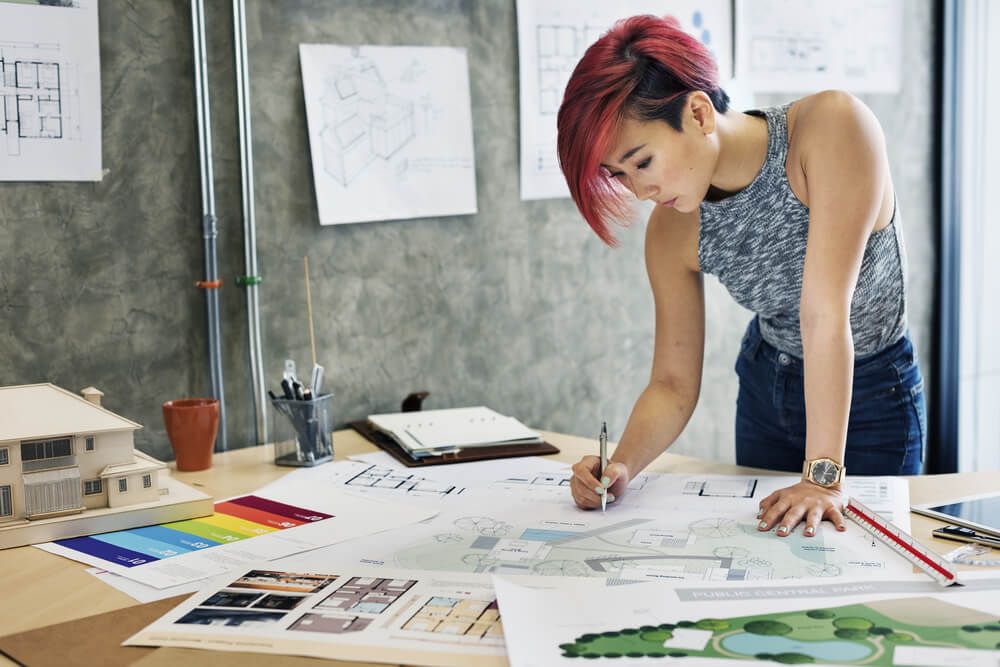
As a result, interior designers who have a strong understanding of design principles and construction methods should have the best job prospects. If you're skilled in computer-aided design (CAD) software, your skills are also in high demand. You'll be able to work in a design firm or start your own business.
Whether you're interested in residential or commercial design, there are plenty of opportunities for interior designers to showcase their talent and expertise. So if you're looking for a fulfilling and challenging career, consider becoming an interior designer.
How to start your own interior design business?
If you love interior design and dream of starting your own business, you can easily combine the two. After obtaining a degree or certification in interior design from an accredited institution, you need to gain experience by working for an interior design firm or another professional organization.
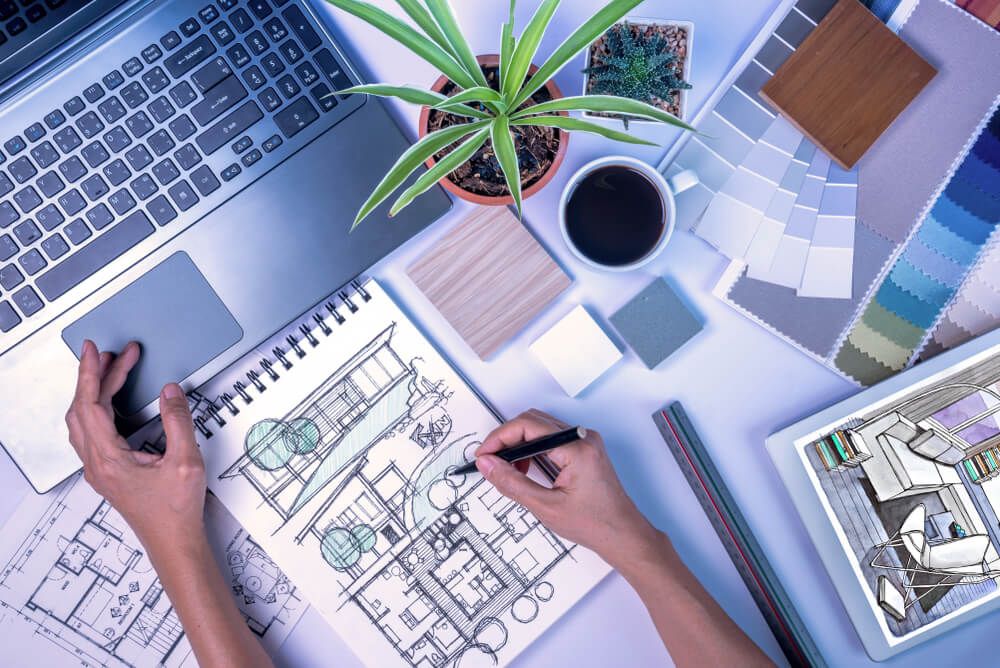
Once you have the necessary education and experience, you can start your own interior design business by creating a portfolio of your work and marketing your services to potential clients. Here is what you need to consider before starting your own interior design business.
- Figure out what services you will offer. Do you want to specialize in residential design, or are you interested in commercial projects? Once you have decided on your niche, you can start to market yourself to potential clients.
- Develop a portfolio of your work. You can create an online portfolio or put together a physical portfolio to present to prospective clients. This step will be essential for landing clients, so only include your best work.
- Network and build relationships with other professionals in the industry. Attend trade shows and events, and introduce yourself to as many people as possible. You never know when someone might need your services – or when they might refer a friend or family member your way.
By following these steps, you can get your interior design business up and running in no time. You can also practice your interior design skills and learn the basics by signing up for Planner 5D Design School. Connect with a community of passionate interior designers and get inspired by our design blog.
